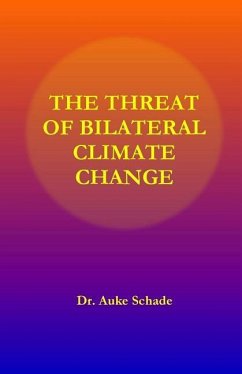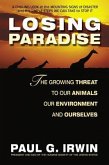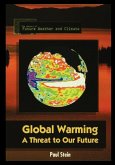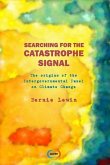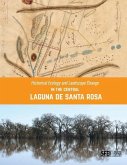Driven by the industrial pollution of the atmosphere, global warming is melting the polar ice sheets. The resulting rise in sea level threatens the survival of humanity. In addition, this study suggests that the atmospheric thermal effect of carbon dioxide during the last 420,000 years has been about ten times larger than the thermal effect observed during the last 55 years. In order to explain this phenomenon, it is proposed that the interglacial period has ended before the onset of the industrial revolution. Therefore, the industrial carbon dioxide would increase the low glacial temperature to an interglacial level. This pilot study is a wakeup call. The international scientific-political establishment seems to accept that the recent increase in atmospheric carbon dioxide (CO2) from about 280 to 400 part per million (ppm) has increased the global average atmos-pheric temperature to 1.4 °C above normal. Allegedly, this temperature is so high that the polar ice is melting, which in turn rises the sea levels flooding the low, fertile, industrial, and urban areas. This environmental disaster would force mass mi-grations threatening the global infrastructure and the survival of humanity. Even worse, this pilot study suggests that the thermal effect of CO2 is ten times larger than accepted by the scientific-political establishment. Hence, their attempts to stabilize CO2 at the current 400 ppm might not reduce the symptoms of climate change. Furthermore, it is proposed that we live in a glacial period, rather than in an interglacial period. Hence, CO2 should be carefully managed in order to maintain interglacial temperatures. This would make CO2 a beneficial substance, rather than a hazardous one. Due to inadequate datasets, fur-ther research of this topic is required urgently. Free PDF copies @ http: //nemonik-thinking.org/books.html

